The snow is coming on hard now, and given the accurate forecast to this point, I trust that these big, wet snowflakes will turn to rain in an hour or so. With two inches of rain predicted by the end of the day, I know this is my last shot to fish decent flows this week — maybe longer.
The river is climbing from the influx of water further up in the valley. Outside of this cold canyon, it’s probably been raining for a few hours now. So it’s no wonder I see the river’s color and level shifting quickly.
Sometimes it seems trout sense their opportunity as much as I do. And I swear some of the small ones are playful in the winter snowflakes.
This is one of the most amazing times to be on the water. Fishing through a snowstorm rekindles memories, ingrained from the novelty of tracking flies and fly line through the optical mystery of falling snow.
The visuals are burned-in as much as the fishing. Most times, these incoming storms bring with them willing trout. This morning, I’m leaning on my favorite set of forgiving flies — just a handful of patterns I’ve noticed that our notoriously picky trout are more willing to move for and eat. These are patterns that draw attention and perhaps curiosity, but also don’t cause many refusals.
Forgiving flies are regional, I’m sure. Because in every watershed, a handful of patterns come to the forefront. Among those regional favorites are plenty of hatch matchers, along with specific patterns that imitate the local offerings — stuff trout eat down below. But there’s inevitably a forgiving fly or two in the mix as well.
Surely the most popular of this set is a Wooly Bugger. It shouldn’t be so large as to ask trout to make much of a decision, but it shouldn’t be so small that it blends in with everything else in the drift that trout watch slide by all day long. Somewhere between sizes #8 and #14 is a good choice for this kind of bugger. And yes, a motivated tyer could add any number of niceties to the standard pattern. A little flash, a hot collar or a few legs might be just enough to entice a fish without turning their interest level down.
READ: Troutbitten | Winter Welcome Home

Most of what I’d call forgiving flies are on the large side of standard nymphs and the small side of a streamer. Real food forms of this size have some movement. They can swim, stall, twitch and jitter. And trout know it. So precision dead drifts become less critical, and with the built-in temptation of a few more calories as a reward for their effort, trout move further and aren’t as fussy about perfection.
Through one hundred yards of hemlocks and maples, I hear what sounds like large diesel engines and heavy machinery. The roar is muffled through a wool cap, the hood of my puffy and the shell of my raincoat. For a few seconds, I’m confused by the sound, until I realize it’s another rush of hard wind. As the weather front moves in, these surges have come and gone all morning.
Along the tall ridge, a tree cracks and surrenders to heavy snow. Among the roaring engines, I hear the winds bring down another one.
The sounds of these rivers change in every season, and the calm, eerie silence of winter is broken on days like this. These moments make me feel alive.
I clip off the trailing #20 Zebra Midge from the bend of the Bugger. It drew attention early on and caught a couple fish, but as the weather has moved in, it’s clear that trout are ignoring it.
The Zebra Midge can never be a forgiving fly. Neither can a Pheasant Tail. I’m not talking about general patterns here. My box is full of those too, but forgiving flies are larger — no smaller than a #14 and usually more substantial
Buggers, Stoneflies, Mops and Weenies are my favorites.
I’ve turned to this set of flies time and again, through all conditions. Even in low water, over the toughest trout, when conventional wisdom suggests fishing tiny nymphs, I tie on these flies because they’ve worked so often. Instead of fishing 6X to #20 nymphs, I stay with 4X and keep feeding trout the bigger stuff. If the fish seem stubborn, I trail the small #20 off the bigger fly.
I talked with Smith about this not too long ago, and he asked if I thought dry flies could be forgiving flies. That one took me a minute, because I’ve always thought of these flies as nymphs only. After some pondering, I told Smith that a good, meaty ant pattern probably comes the closest. I see trout move further and hit harder for an ant more times than any other dry fly throughout the year. In other regions, I suspect that a hopper could fit the bill, given the inherent movement and extra size.
I pull in the #10 Bugger to check the hook for vegetation, because I can’t find it dangling below my rod tip through the blanket of snowflakes. As I bow my head, a clump of snow slides off the hood of my raincoat and splats in the water.
I’ve missed all of this.
Fish hard, friends.
** Donate ** If you enjoy this article, please consider a donation. Your support is what keeps this Troutbitten project funded. Scroll below to find the Donate Button. And thank you.
** Subscribe to Troutbitten and follow along. (It’s free.) **
Enjoy the day.
Domenick Swentosky
T R O U T B I T T E N
domenick@troutbitten.com


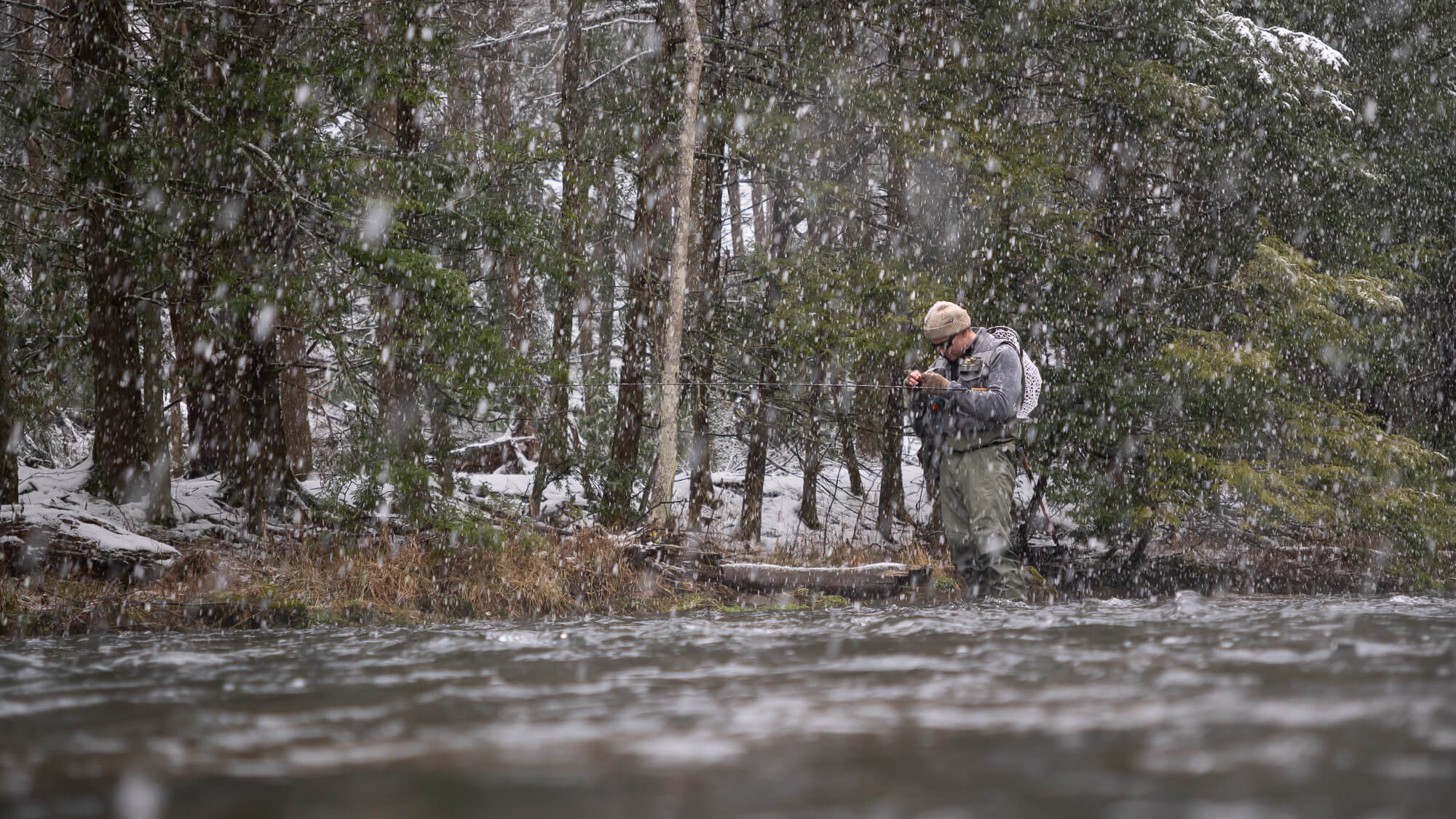
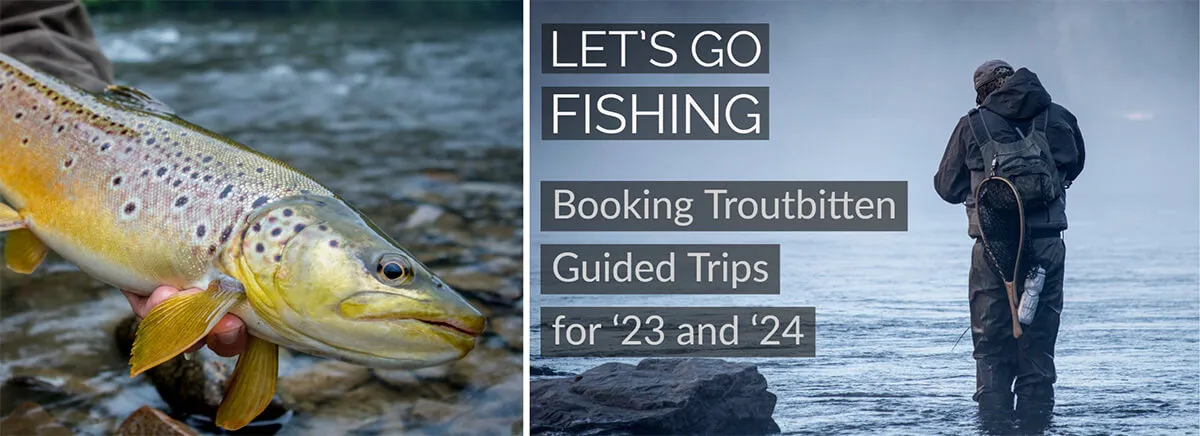
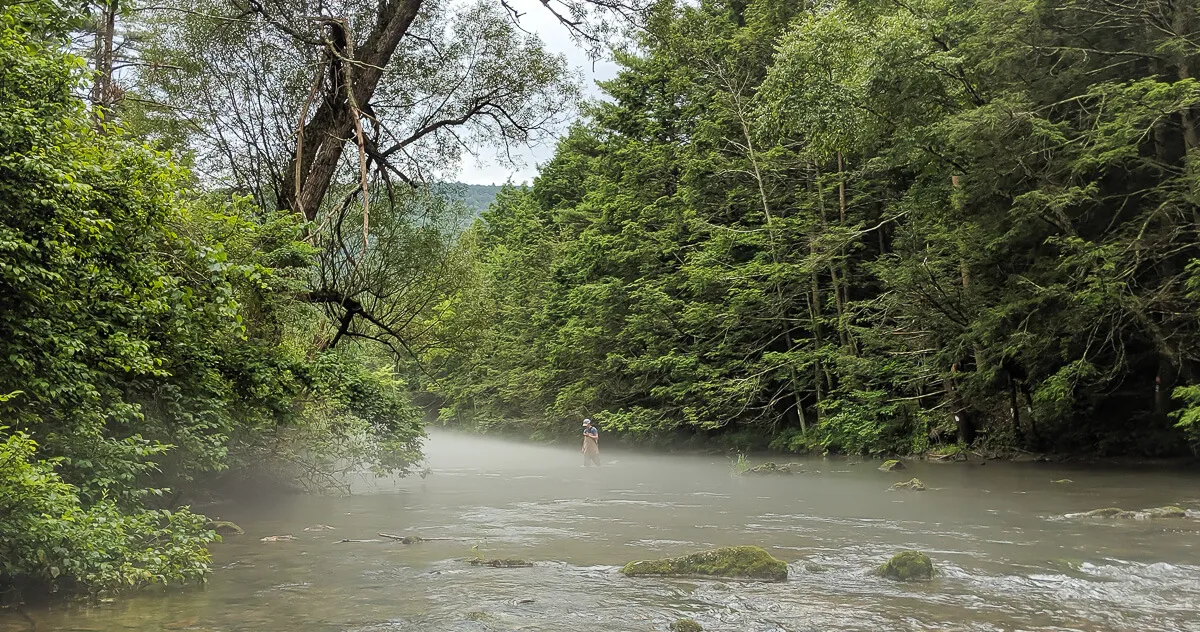
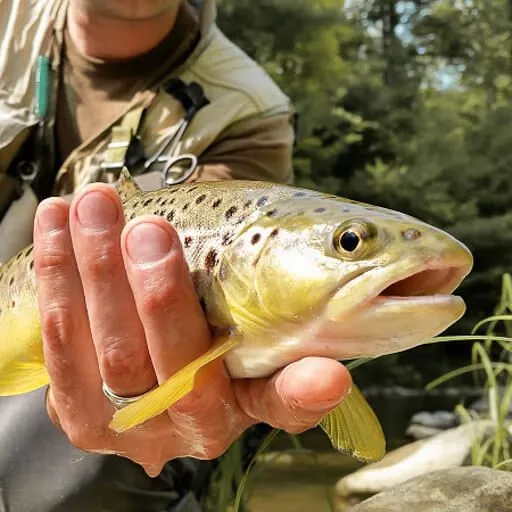
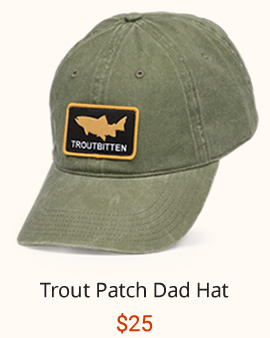
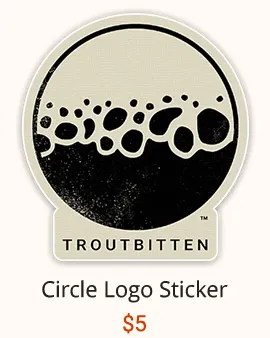
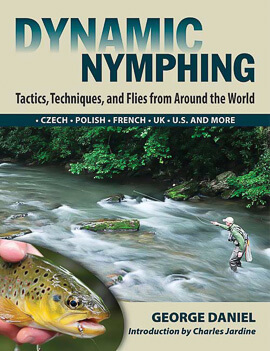
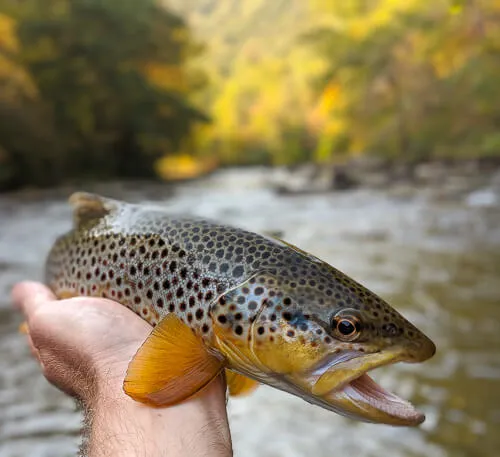
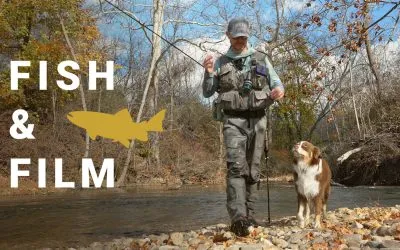
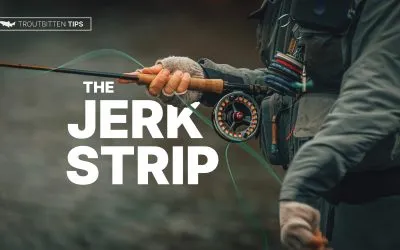
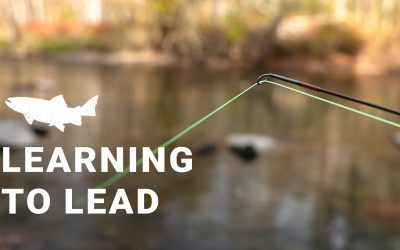
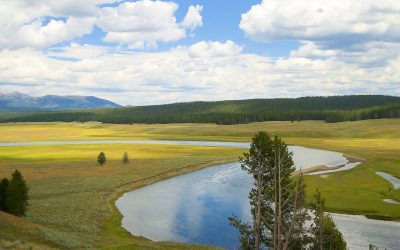
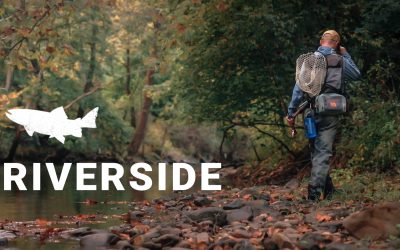

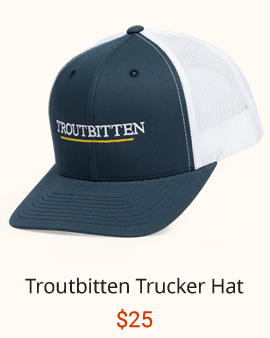

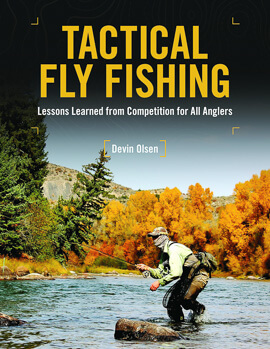
I hear you but I’m partial to the 20’s and 22’s.
I wanted to mention I swapped out my top two eyes for larger ones,guess what,no more ice glogs.
Whatever works!
I have discovered recently that a size 8-10 stimulator has become a forever fly for me. It amazes me how often it gets taken, even in winter time. And often taken like the fish hasn’t eaten in months, trout & bass like it and hit it with the same vengeance!
Thanks for this article. I learn a lot when you talk about how and what you are fishing, but I especially enjoy when you write about why you fish. I recently spent a day on my local river here in Idaho as a snow storm started moving in. Sleet, snow, wind ,grey sky
And a drippy nose. An awesome day! Can’t wait to get back out there!
Love it.
I use those “forgiving” flys a lot particularly when nothing else is working.
They are my go to fly. I fish lakes a lot and in the winter we don’t see much hatching if water is below 40 degrees.
I also have to move it slower and let it sit for brief period before I move it again. That stillness usually gets the fish to take it.
Nice
There is something almost supernatural about getting to feel a front push in. Sometimes it helps the fishing, sometimes it hurts. But its worth every minute to be there in it.
Well said.
Hope you’ve all read Bob Wyatt’s book “What Trout Want”? Gives great insights into generalist flies.
Yes
This came at the right time for me, as I sit in a train station in Jefferson station wishing I waa on a stream!
Great article. I’m curious, what do you typically start with first, the forgiving fly or something more imitative? Or is the starting point somewhat random, and then you cycle through as needed until you hit on something they want? I know that’s probably a loaded question given all the variables to consider.
For me, I will often lean on water clarity as the deciding factor for choosing what to start with. I’ll start with more “forgiving” flies when the water is less clear, and more imitative when it is clear or there is a specific hatch. But that’s really just to help me simplify the choice of what to start with — I don’t think I have enough data to say that’s a better strategy than, say, closing my eyes and picking a random confidence nymph, cycling through until something works. I’m curious how you think about it.
Hi Shane. I choose something from that set of forgiving flies very often. Probably close to 50 percent of the time, one of those flies is on my point.
The green weenie is one of my favorites in east TN and a fly where you can get by with only 1-2 sizes.
I found it odd that it’s sometimes called a junk fly since green worms fall in our mountain streams.
I’m sure all rivers different, but on extremely tough Truckee ,during winter,have found the midge,and PT will usually always work. But when don’t, now gets interesting. Could be a white Zonker,#8 bugger,olive or brown, Pat’s, or hares ear. But in nymphs 16 to 20 most effective.